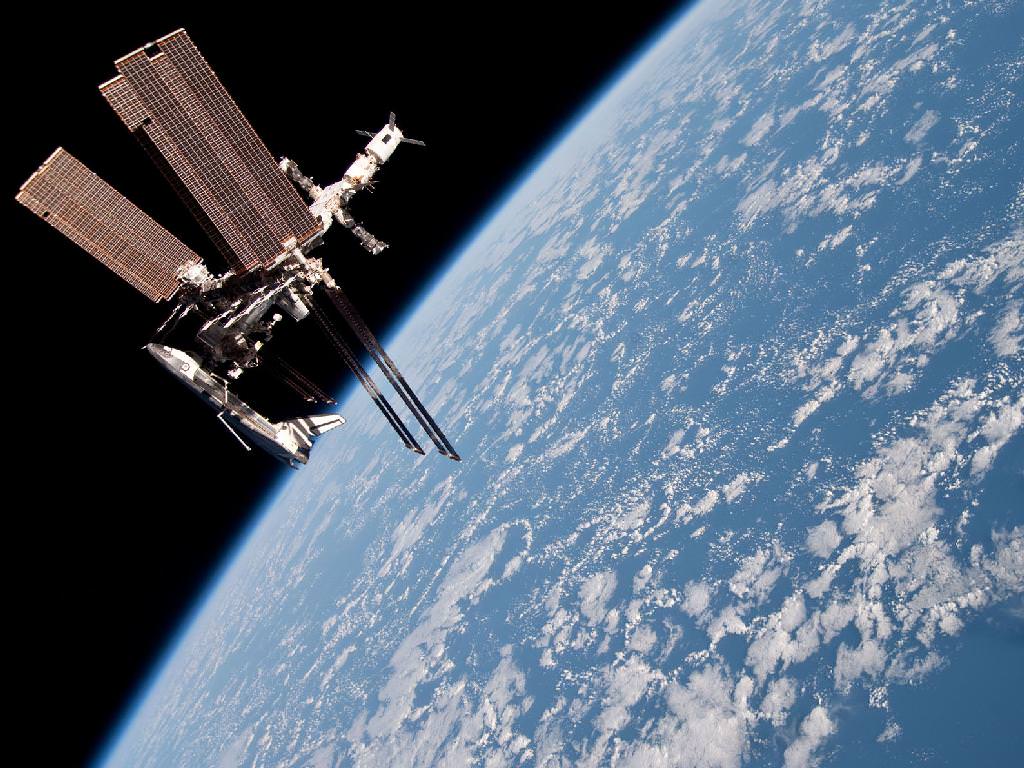[/caption]
The six crewmembers on board the International Space Station were told to take shelter in the two Russian Soyuz spacecraft early Tuesday because Space Command predicted a piece of space junk could make a close approach to the station. Radar tracking indicated the debris would make its close pass at 8:08 a.m. EDT (12:08 UTC), coming within about 243 meters (800 feet) of the station and well within the "pizza box" -shaped area around the ISS, but when no impact was detected the crew was told they could reenter the station and resume normal operations.
NASA's Chief Scientist for Orbital Debris Nicholas L. Johnson told Universe Today during a previous "conjuction" of space debris and the ISS that on average, close approaches to ISS occur about three times a month. An approach of debris is considered "close" only when it enters an imaginary "pizza box" shaped region around the station, measuring 0.75 kilometers above and below the station and 25 kilometers on each side( 2,460 feet above and below and 15.6 by 15.6 miles).
Johnson said that small pieces of debris have already collided with ISS on many occasions, but these debris to date have not affected the safety of the crew or the operation of the mission. "The dedicated debris shields on ISS can withstand particles as large as 1 cm in diameter," he said.
The piece of space junk was detected too late for the station to perform an evasive maneuver, so the crew was told to "shelter in place" on the two Soyuz spacecrafts. The crew on board is commander Andrey Borisenko, Alexander Samokutyaev and Ronald Garan, who took shelter aboard the Soyuz TMA-21 spacecraft docked to the Poisk module, and Sergei Volkov, Michael Fossum and Furukawa who went on to the Soyuz TMA-02M spacecraft docked to the Rassvet module.
 Universe Today
Universe Today
